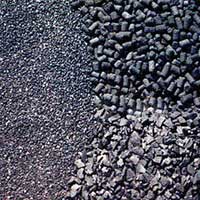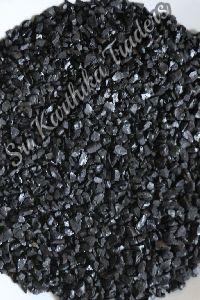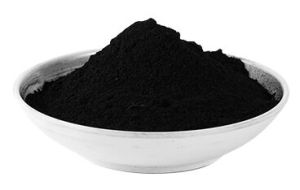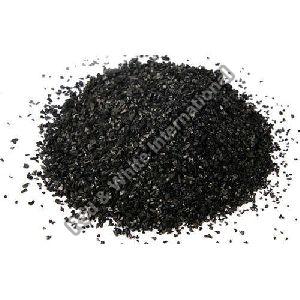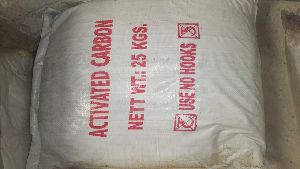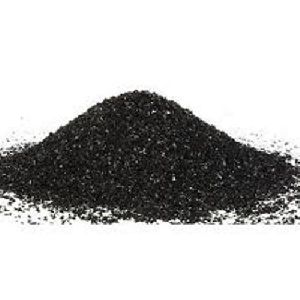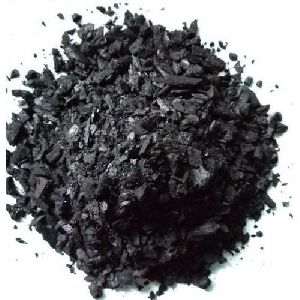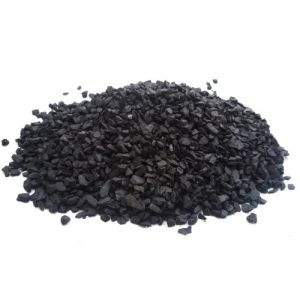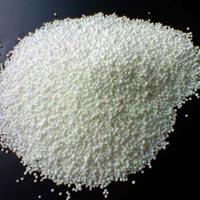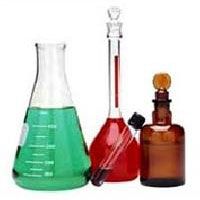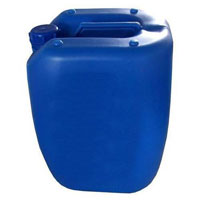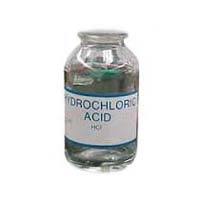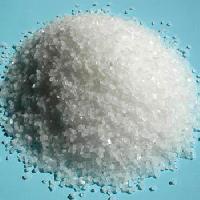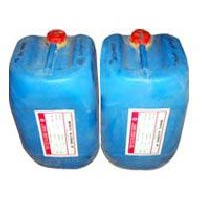Listing ID #2630901
Company Information
Ask for more detail from the seller
Contact SupplierCondensate polishing is employed to purify the return steam condensate in order to meet the quality requirements of high pressure thermal cycles and minimise consumption of make-up water. The polishing of the recovered condensate is implemented where the condensate is the major portion of the Boiler Feed Water power generation industries and whenever there is a significant risk of contamination of the return condensate.
The Condensate Polishing is concerned with three specific types of impurities :
Corrosion products are normally oxides of iron, copper and nickel that could be either in the form of particulate matter or in solution, the removal of these products is done by filtration of the condensate and according to the capacity, size and concentration of particulate matter, filtration could be performed on pre-coat, media or cartridge filters.
Presence of dissolved salts commonly arises from leakage of cooling water into the condensing steam or presence of soluble corrosion products. Removal of contaminants induced by condenser leaks requires the use of ion-exchange demineralisers. Mixed-bed ion exchangers are commonly used for low-contamination levels and high flow capacity, with internal or external regeneration facilities. In case of higher level of mineral contamination, separate cation and anion exchangers could be foreseen upstream the mixed bed polisher.
Particularly important for the Oil Refining and Petrochemical sectors, oils and hydrocarbons could be present in the return condensate because of leakage from steam-operated heat exchangers or process equipment. Oil in the boiler could form non-wettable films on the heat transfer surfaces so that steam bubbles adhere and severe corrosion or overheating failure could occur because of the inadequate cooling of the surface. Whilst a significant amount of oil from the return condensate can be removed by means of activated carbon filters, removal of traces of oil is normally done by means of adsorption processes on AC&C granular activated carbon media filled into pressure-operated filters Worldwide.call for specification depends on silica & hydrocarbon our specialist sagest suitable activated carbon.
However, when recycled condensates are to be used as boiler feed water for medium or high pressure boilers for process or power generation applications, a down stream ion exchange unit must be installed in order to prevent trace quantities of minerals leached from the activated carbon, thus reducing the efficiency of boilers and turbines.
Additionally, condensate feed waters frequently contain a wide variety of hydrocarbon contaminants that are entrained with the water from process equipment. An example of this would be, leaking seals on rotating equipment such a pump, or from chance contamination by associated hydrocarbon process streams. This hydrocarbon contamination must be removed from boiler feed waters to avoid coking of these contaminants on heating in the boiler, which would produce carbon deposition within the boiler tubes that will reduce heat transfer and overall boiler efficiency. Hydrocarbon concentrations may be in excess of 6 mg/L but are more typically 2–4 mg/L.
Acid-Washed Activated Carbon
Specifications


